In a world often shaped by political narratives, the people of Iran and Saudi Arabia are rediscovering opportunities to understand each other beyond geopolitical lenses.
This exclusive interview with Assistant Professor Zakiyeh Yazdanshenas, assistant professor in global studies at the University of Tehran and a senior research fellow at the Center for Scientific Research and Middle East Strategic Studies, explores how shared cultural roots, evolving social norms, and the increasing role of youth engagement can foster a new era of people-to-people diplomacy.
With the restoration of diplomatic ties, there is renewed potential for dialogue and mutual understanding, emphasizing cultural diplomacy and cross-cultural learning.
Q: Iran and Saudi Arabia, despite their historical tensions, share deep cultural roots in the region. What do you think are the most misunderstood aspects of Iranian society that you would like Saudi readers to understand better? And vice versa, what do you believe Iranians should know about Saudis?
A: As you mentioned, despite the shared cultural heritage of the two nations, there is a lack of people-to-people relations that leads to a misunderstanding of one another. In the current situation, where diplomatic relations between the two countries have been restored, it seems that Iran and Saudi Arabia have decided to focus more on common regional goals and cultural exchange. This has laid the groundwork for increased people-to-people connections, allowing both nations to take steps toward alleviating misconceptions.
Over decades, political differences have created a sense of alienation. Years of competition and regional tensions have led many Saudis to view Iranians as adversaries with expansionist goals. However, Iranians often define their relationships outside of strategic politics, aiming to be known as an ancient civilization represented through culture, literature, art, and history. This perspective highlights the importance of cultural diplomacy and understanding each society’s historical contributions.
Conversely, while Iranians respect Saudi Arabia’s recent social and economic developments, they still perceive Saudi society as overly traditional. There’s much to learn about Saudi daily life, work culture, and civil society. By sharing cultural aspects—through initiatives like cultural attachés and regional cooperation—each side could deepen its understanding of the other, fostering mutual understanding.
Q: There are many commonalities between the two societies, such as family values, hospitality, and respect for traditions. How can these shared values be used to foster greater people-to-people diplomacy?
A: While both societies value family and hospitality, younger generations in Iran are redefining these traditional values, often challenging them. Therefore, while these shared traits are important, areas such as technology, media, and tourism hold greater potential for strengthening people-to-people connections. These fields reflect shared goals for the future and could serve as more practical paths toward deeper cultural ties and regional cooperation, driven by youth engagement and evolving norms.
Q: Both Iran and Saudi Arabia have experienced significant changes in the role of women in recent years. In your view, how have Iranian women navigated these changes, and what parallels or lessons can be drawn from the experiences of Saudi women as they assume more prominent roles in public life?
A: The Iranian public often perceives Saudi women’s progress as being the result of top-down reforms, akin to reforms seen under figures like Reza Shah in Iran or Atatürk in Turkey. In Iran, however, women’s rights advancements have often resulted from grassroots efforts rather than government initiatives. Iranian women have made significant progress through their own resilience, changing public culture and family norms, even when laws have not always kept pace. This reflects the importance of resilience and agency in societal transformation.
It’s difficult to directly compare women’s roles in the two societies, given the unique trajectories each has taken. Nonetheless, the Iranian experience demonstrates how a society can evolve from within, and offers insights into the resilience and agency of women in fostering change, emphasizing the impact of civil society.
Q: Both Iran and Saudi Arabia are undergoing significant societal transformations, though the pace and nature of these changes differ. How would you describe the current mood in Iran regarding social reforms, and what do you think Saudi society could learn from these experiences?
A: Iran’s social reforms began over three decades ago, notably with the election of reformist President Mohammad Khatami in 1997. Over time, these reforms have become an integral part of society, especially within urban, educated communities. Despite various challenges, Iran has developed a resilient civil society that has played a critical role in this transformation, underscoring the importance of grassroots movements.
While I’m not fully aware of the scope of civil society in Saudi Arabia, Iran’s experience highlights the importance of civil activism, which could offer valuable lessons to other societies, including Saudi Arabia. This comparison emphasizes the role of shared cultural heritage and the potential of mutual understanding.
Q: Youth in both Iran and Saudi Arabia are increasingly becoming a force for change, with access to global trends through social media. How do you see the younger generation shaping the future of both societies, especially in terms of bridging gaps between the two countries?
A: If I were to summarize the developments in both societies in a single concept, it would be the gradual move away from rigid ideologies. Young people in both Iran and Saudi Arabia are redefining values and lifestyles, creating a very positive environment for change.
From an Iranian perspective, many prefer not to view Saudi Arabia through a political or ideological lens, but rather wish to understand Saudi Arabia’s cultural and historical contributions.
This shift is laying the groundwork for more direct, positive interactions between young people in both societies, fostering a spirit of openness and curiosity that could bridge the divide. Youth engagement, driven by technology, media, and a shared desire for cultural exchange, could pave the way for a new era of people-to-people diplomacy.
Q: How can young Saudis and Iranians build these people-to-people networks and links? Is it social media, regional events, or start-up businesses working with each other?
A: Shared values and goals between young generations in both countries could be the true motive to advance people-to-people connections. Participating in regional events in different spheres—including but not limited to symposiums in the field of technology, academic conferences and workshops, and cultural gatherings—would be great starting points. In the second phase, limited economic collaborations like cooperation between Iranian and Saudi private companies would further advance the two nations’ connections.
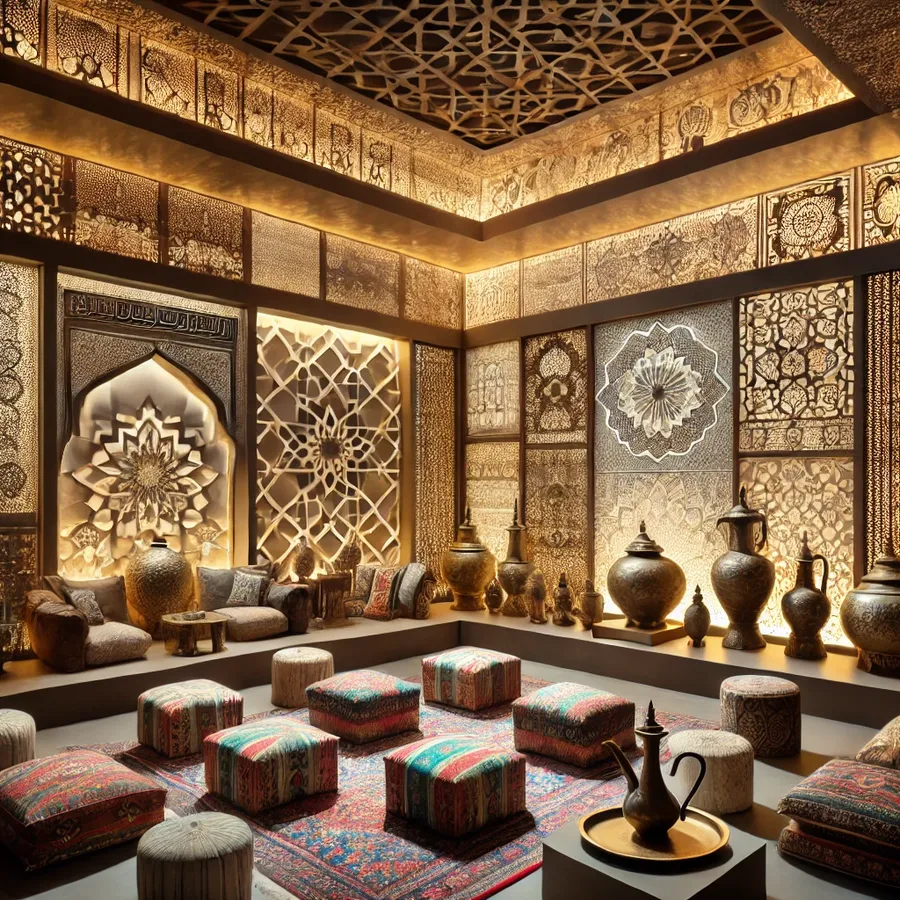
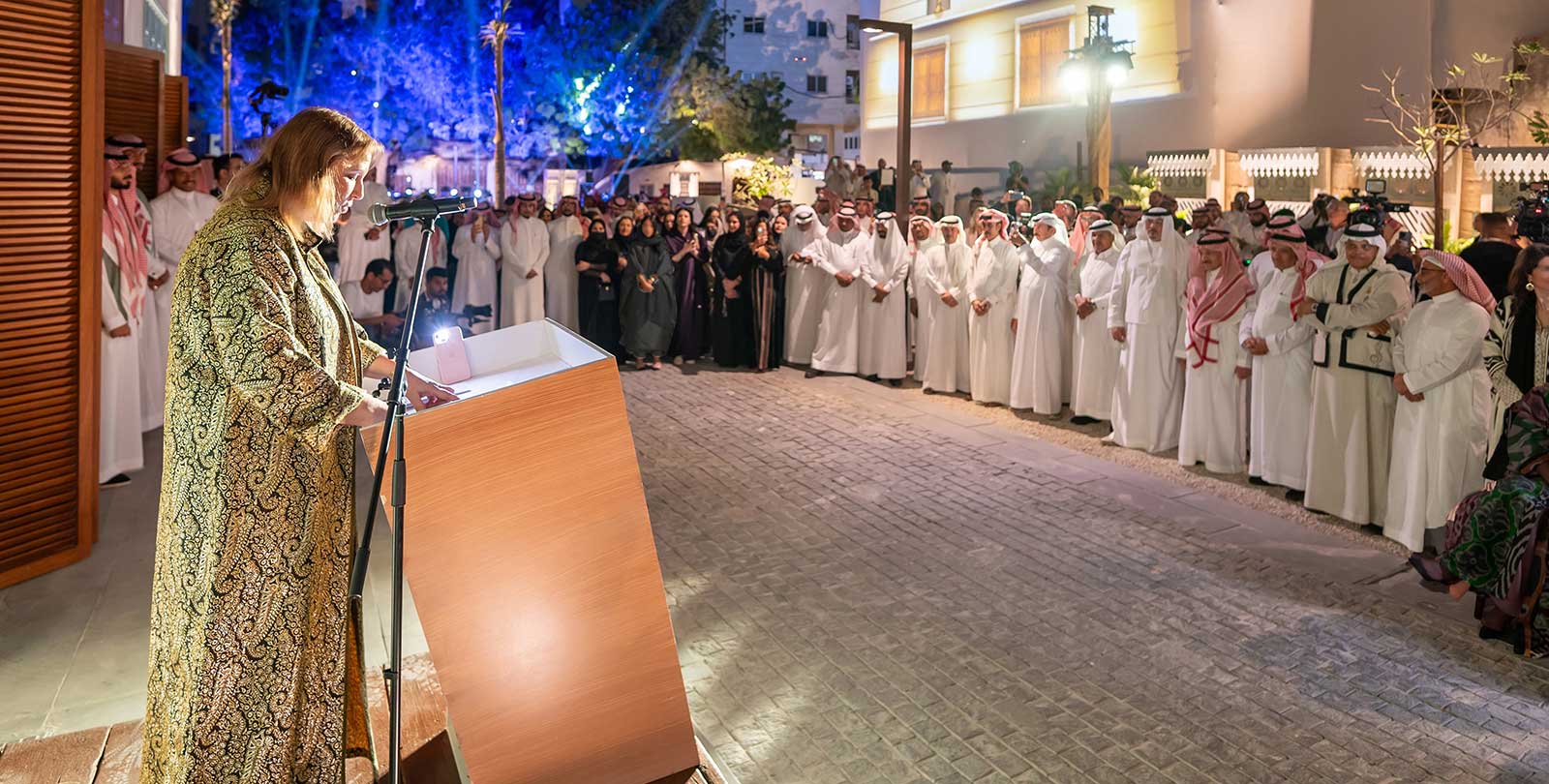
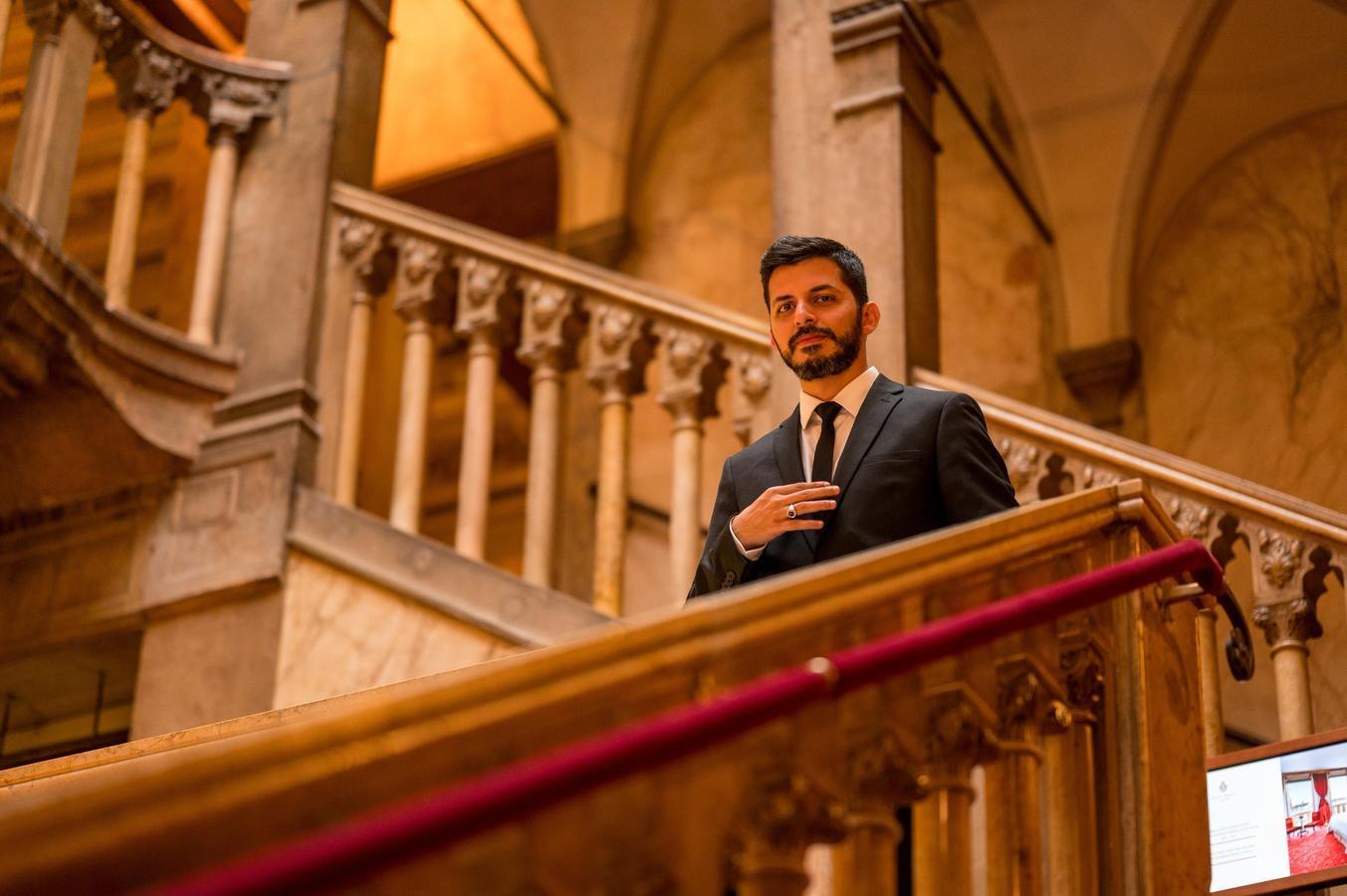
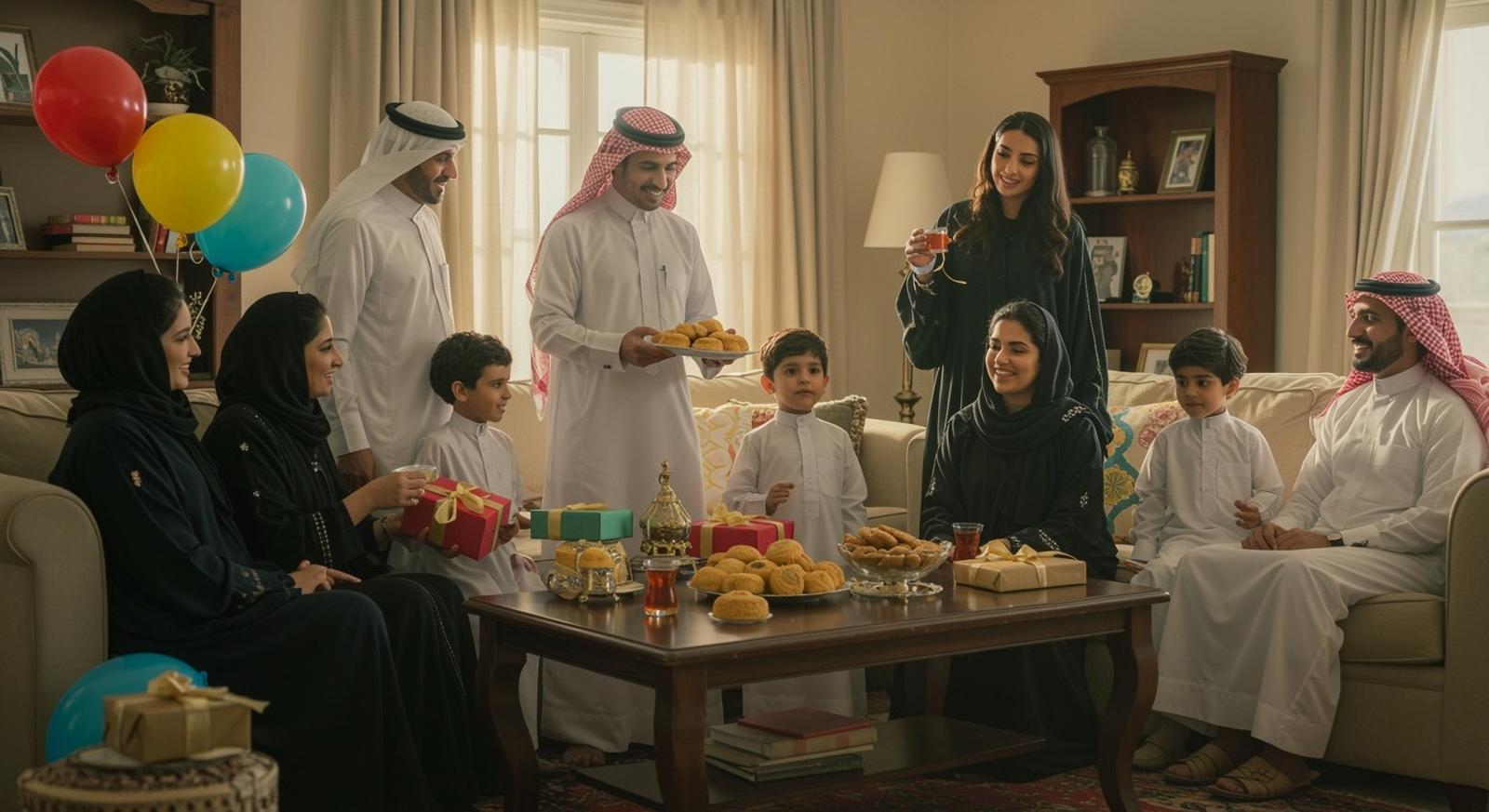

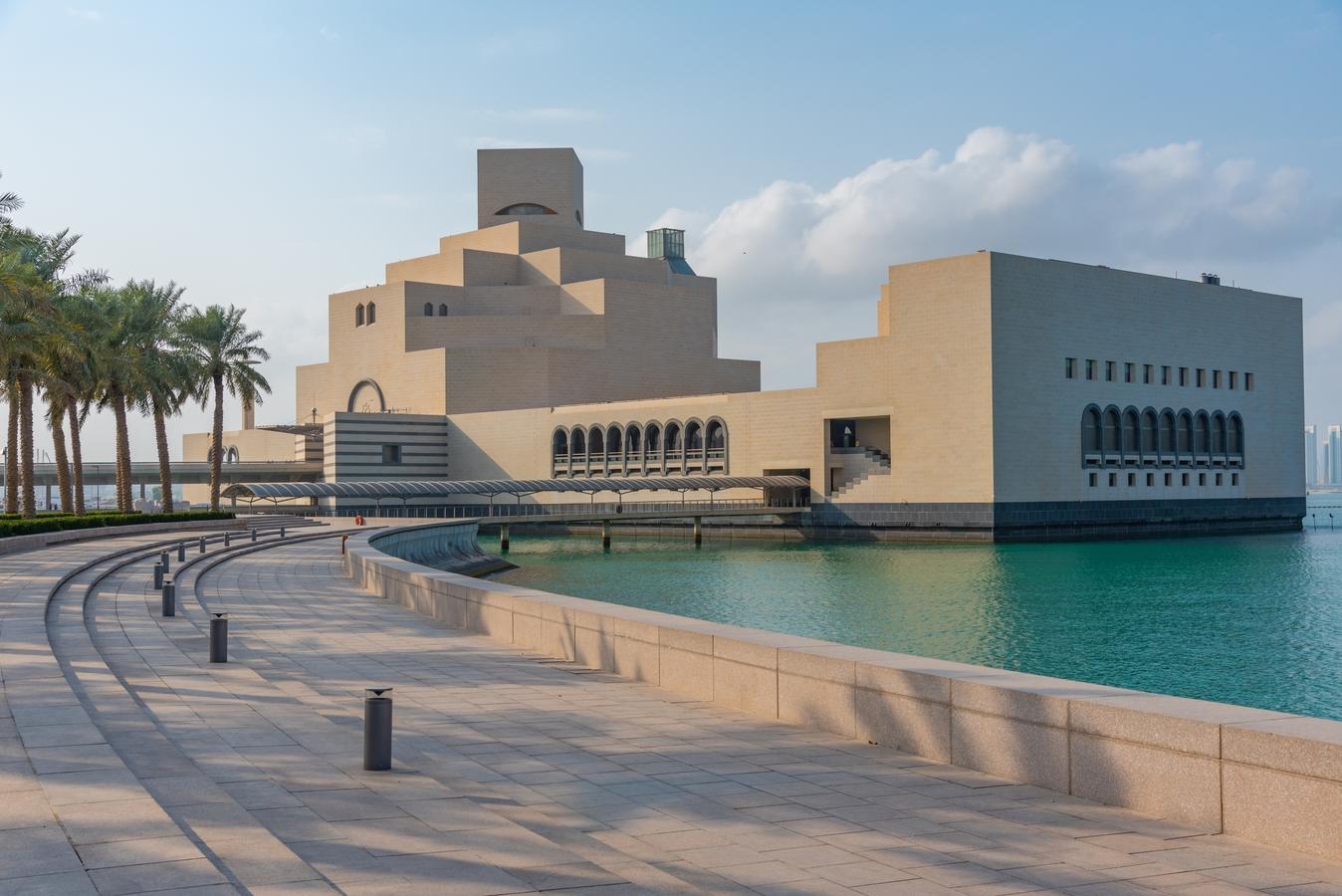
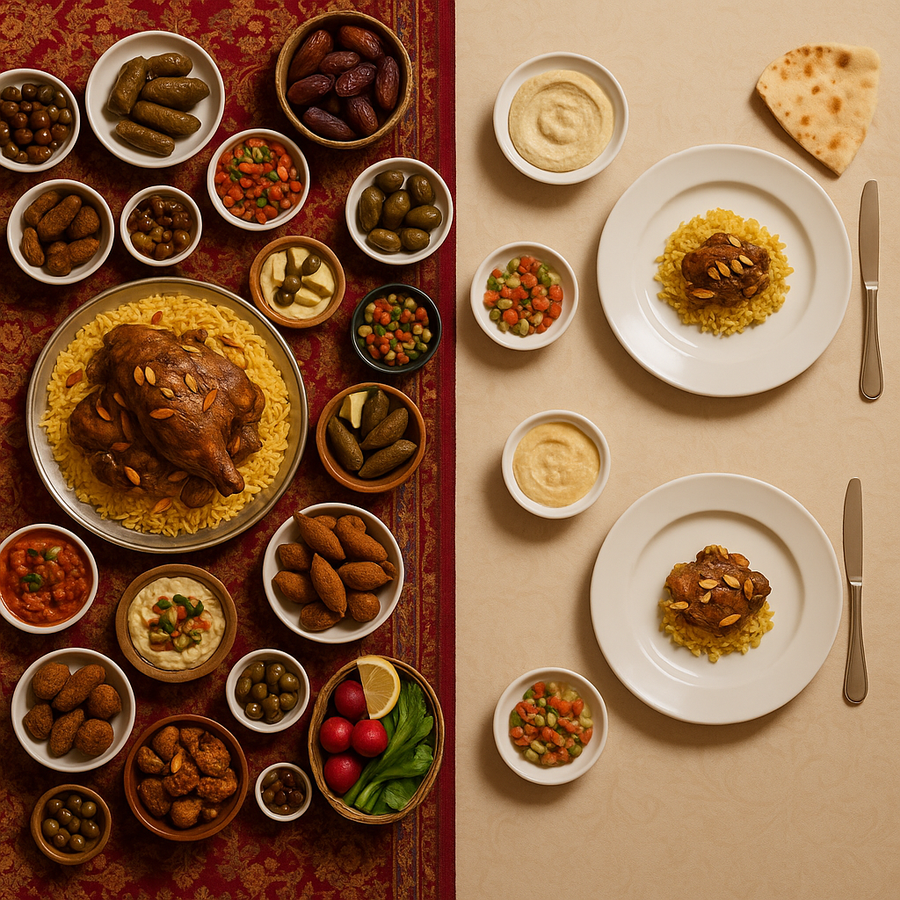
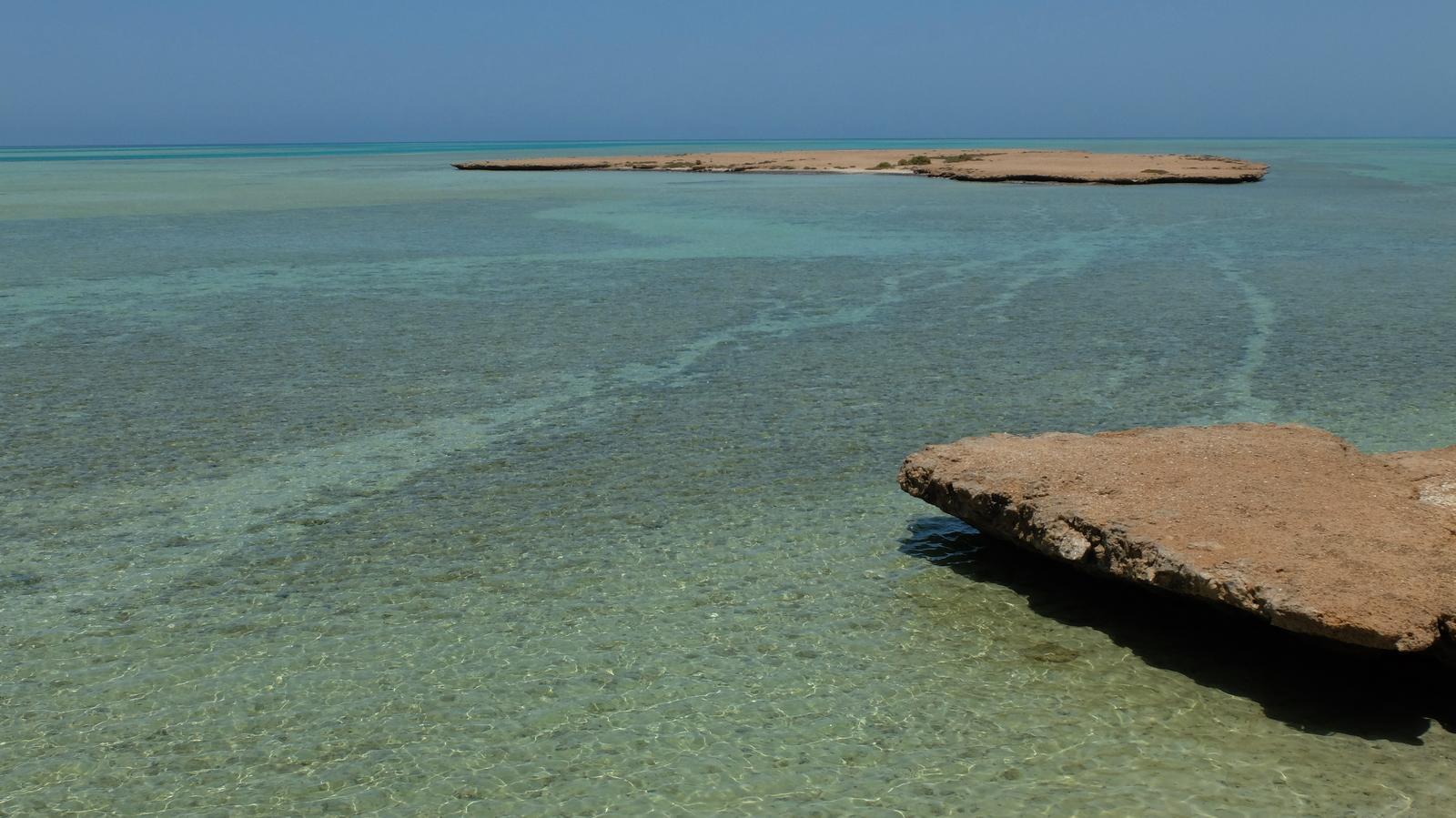
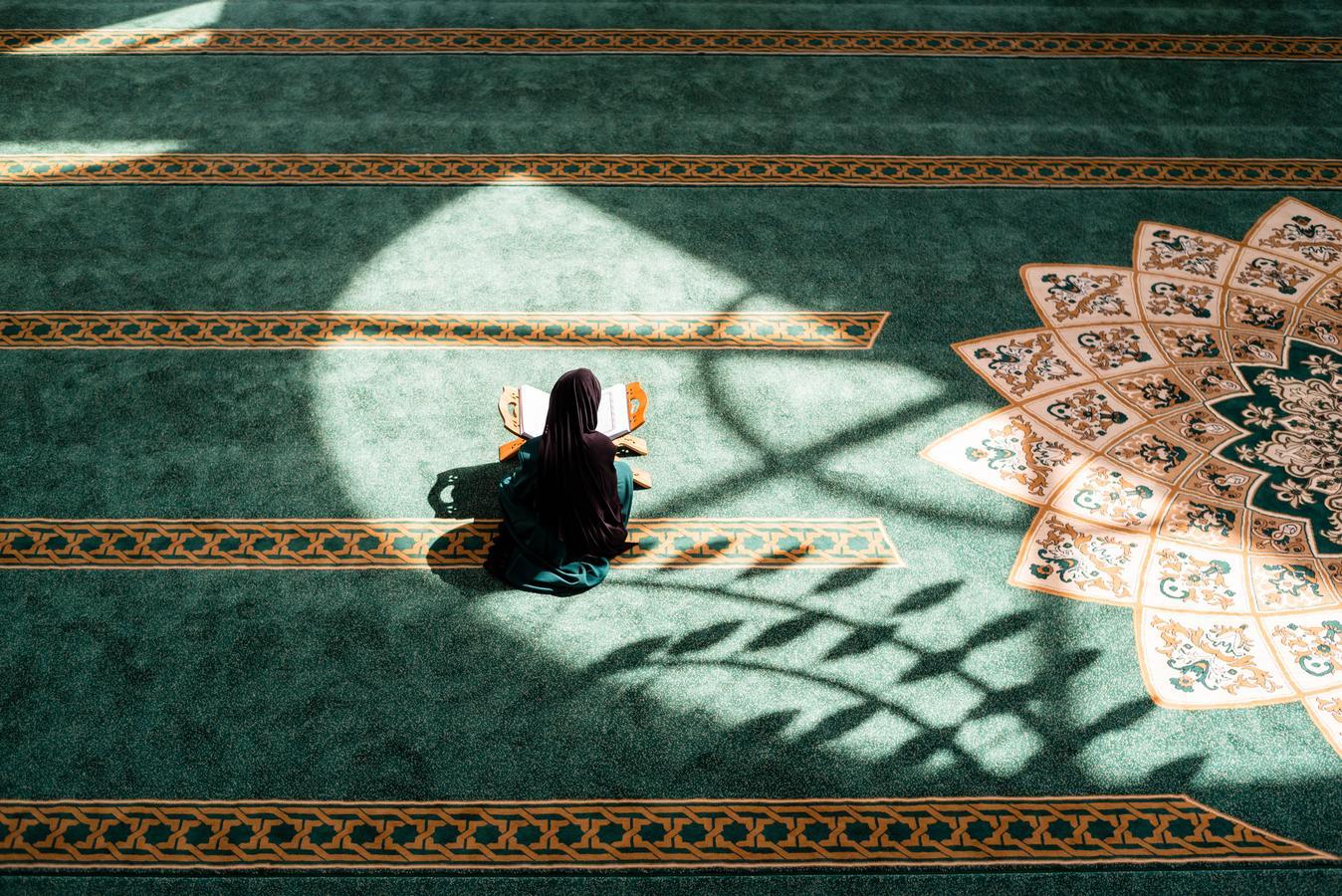
0 Comments
No comments yet. Be the first to comment!